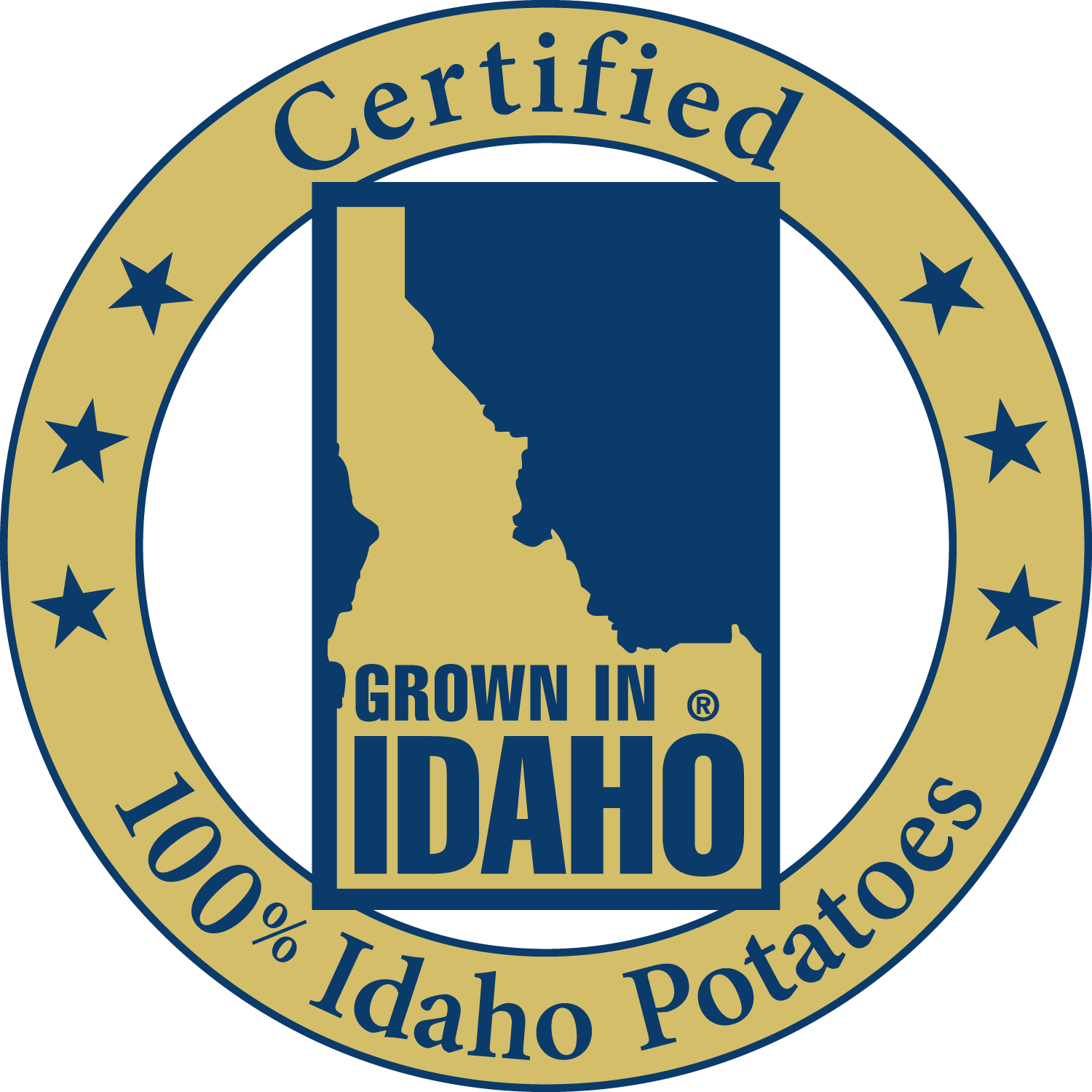Popular Tags
Ask Dr. Potato
With 939 posts, chances are there's already an answer to your question. Please try searching below before submitting a question to Dr. Potato. Use multiple words to help narrow down the results. For example, search for "potatoes" and "group" if looking for an answer on cooking potatoes for large groups.
Starch in an Idaho potato
What exactly is the story behind why I need to be concerned about the starch in an Idaho potato when I am making fresh cut French fries?
Since potatoes are constantly undergoing biological changes, they are greatly affected by temperature, humidity, ventilation, and exposure to light. These are conditions that must be carefully monitored not only by Idaho shippers and processors, but by retail and foodservice operators. The Russet Burbank, as grown in Idaho, is 21 to 22 percent solids. Most of this is starch, which is particularly sensitive to temperature changes.
If potatoes are stored at temperatures below 40*F. part of the starch turns to sugar, bringing about an undesirable sweetness and discoloration when cooked. This darkening is not to be confused with the normal oxidation that occurs when a cut surface is exposed to air.
Under controlled storage conditions, the starch and sugars in potatoes are in a balance. This balance is altered when sugars slowly begin to accumulate at 45*F. Reconditioning, or reserving the sugar accumulation, may be possible, depending on how the tuber will be prepared for service and how long it has been refrigerated.
If potatoes have been stored under refrigeration for several weeks, they should be placed in a dark, well-ventilation room at 60 to 70*F. for one to two weeks. The higher temperature increases tuber’s respiration, causing it to “burn-up” the accumulated sugars. This reconditioning method is best for potatoes that are to be baked and boiled.
Because the higher temperatures can also cause moisture loss and rapid deterioration, it is important to monitor the process. Diabetic tape, purchased at a local drugstore, can also be used to determine the sugar level in potatoes. Simply run a piece of tape across the cut surface of a raw potato…if the glucose (sugar) level registers a dark color on the tape, this will mean that the potato may taste sweet or darken when cooked.
For potato processors the starch/sugar content in the tuber is especially important because it directly affect the color and texture of products such as chips and fries.
Tubers that have been held under refrigeration for longer periods of time may not be able to be totally reconditioned. The residual sugars can lead to “streaks” appearing when the potatoes are fried. The high temperatures need for deep-fat frying bring about an interaction between sugars and amino acids, known as the Maillard Reaction. This causes the surface of the fries to darken before completely cooking on the inside.
The high sugar and low starch contents also result in excess oil absorption. Blanching cut potatoes in hot water (170*F) for several minutes will leach out sugars, cleansing the surface of the fries, to allow them to brown evenly.
The Idaho® Potato Commission wishes to thank Dr. Gale Kleinkopf, Ph.D., Professor of Plant Physiology, University of Idaho, Research and Extension Center, for his expertise and assistance with the preceding information.
Share This

Dr. Potato isn't a real doctor but a team of potato experts ready to answer all your potato questions.
Click here to submit »
Dr. Potato Categories
The Idaho Potato Commission
Established in 1937, the Idaho Potato Commission (IPC) is a state agency that is responsible for promoting and protecting the famous "Grown in Idaho®" seal, a federally registered trademark that assures consumers they are purchasing genuine, top-quality Idaho® potatoes. Idaho's ideal growing conditions, including rich, volcanic soil, climate and irrigation differentiate Idaho® potatoes from potatoes grown in other states.
Contact
661 South Rivershore Lane
Suite 230
EAGLE, ID 83616
Phone: 208-334-2350
Fax: 208-334-2274
More

